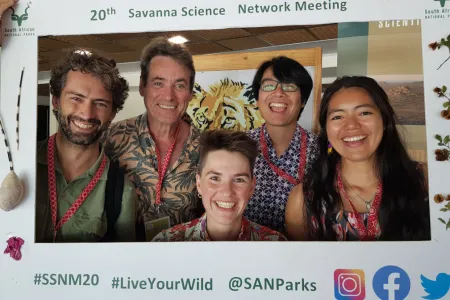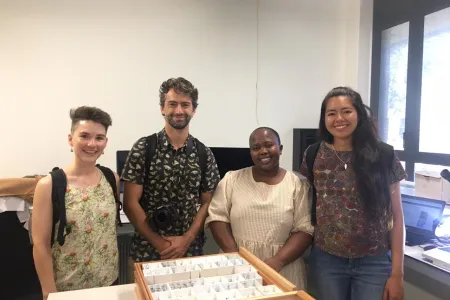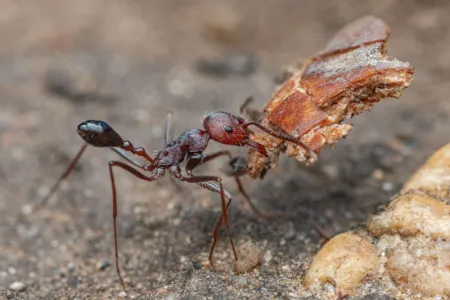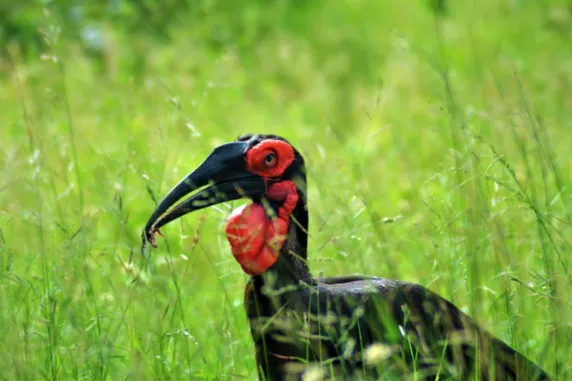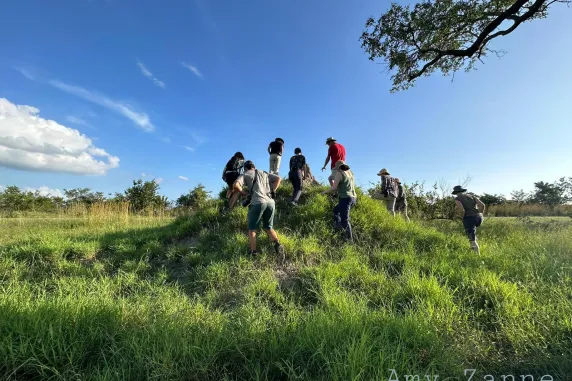RIEL news
RIEL students present at the Savanna Science Network Meeting, South Africa
At the beginning of March, four RIEL PhD students and a Professor journeyed to South Africa to present their research at the 20th Savanna Science Network Meeting (SSNM). Held in the iconic Kruger National Park, the SSNM sees savanna scientists from around the world come together for a week to meet and exchange knowledge.
As our first time presenting at an international conference, the experience was as rewarding as it was daunting. Presenting to a room of over 200 delegates, this was the largest audience most of us had ever stood in front of (except for Professor Alan Andersen, who was attending for his 13th year). In spite of nerves and intermittent power cuts due to loadshedding, everyone presented their talks confidently and were well-received – successfully representing Australian tropical savannas at this international conference.
Many of us spoke on how different fire management strategies in the savannas (such as how frequently and how hot you burn the landscape) affected our research species: Angga Rachmansah spoke about the effects of fire on reptiles, François Brassard of the effects on ants, and Ellen Rochelmeyer of the effects on termites and tree hollows. Allyson Malpartida introduced her research using new genetic methods to inform the success of mine restoration for biodiversity, and Professor Alan Andersen tried to convince everyone that monsoonal Australia is the biggest hotspot for ant biodiversity in the world (to varying levels of scepticism – but Australia is just that awesome).
The presentations at the SSNM were focussed on savanna ecosystems from across the world. With talks ranging from biodiversity surveys, ecosystem restoration and management studies, to misguided “reforestation” goals and social sciences, the SSNM gave us the opportunity to broaden our knowledge of savanna ecosystems and the challenges they face.
For many of us, the most rewarding part of this conference was meeting the leading scientists in our fields. We were able to talk and discuss ideas, get feedback on our work and answers to pressing questions around our PhDs, as well as scope out potential career pathways.
And of course, being surrounded by a vast and incredibly different tropical savanna ecosystem resulted in numerous memorable encounters!
For François, he was able to photograph hot-rod ants (Ocymyrmex sp.), which is an African genus of ants adapted to survive extreme heat. They do this by foraging at incredible speeds, which make them a nightmare to photograph. However, François was lucky to find one of these ants busy carrying a breadcrumb, and managed to snap a “decent” photo.
While Angga might not have been able to see a chameleon as he had hoped, he did capture this striking endangered Thunderbird, who was having breakfast on his favourite animal (a lizard):
Being some of the few students working on termites, Allyson and Ellen were lucky to be invited on a small termite excursion with some of the big names in termite research. As in tropical Australia, termites are important creatures in the ecosystem, and we were shown mounds of one of the most iconic termite species in South Africa: Macrotermes sp. In a national park where lions roam freely, this was the first time we had been out of the vehicle, and we walked up the termite mound with some trepidation (but also with appropriate protection).
Overall, attending the Savanna Science Network Meeting was an incredible opportunity to showcase our research, expand our knowledge of tropical savannas, and forge connections with key researchers in our fields.
Related Articles
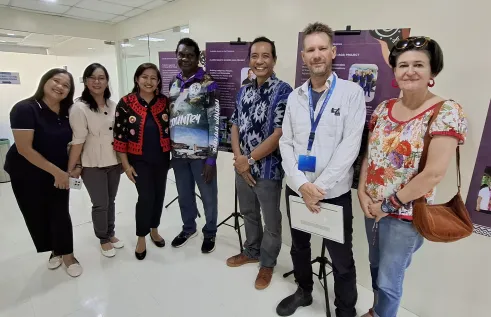
Environmental researchers and rangers visit Philippines as part of NT-Philippines exchange
CDU researchers and representative from Dhimurru Aboriginal Corporation completed a valuable exchange with Philippine leaders and rangers in June 2025.
Read more about Environmental researchers and rangers visit Philippines as part of NT-Philippines exchange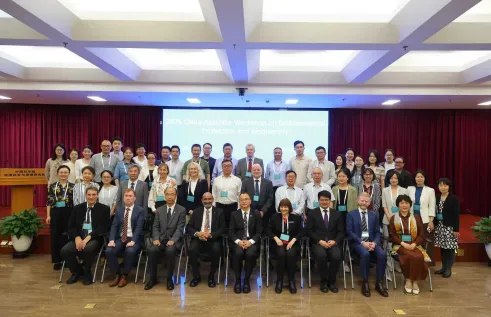
Professorial delegation discusses environmental protection and biodiversity in Beijing
Charles Darwin University (CDU) academics were among a high-level Australian delegation that visited the Chinese Academy of Sciences (CAS) last month.
Read more about Professorial delegation discusses environmental protection and biodiversity in Beijing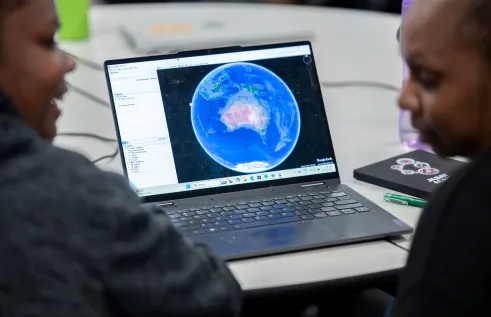
Rangers and PhD candidate unite at mapping workshop
How can technology support the revival of knowledge, its intergenerational transmission, and the defense of ancestral lands, all while ensuring cultural protocols are upheld?
Read more about Rangers and PhD candidate unite at mapping workshop
